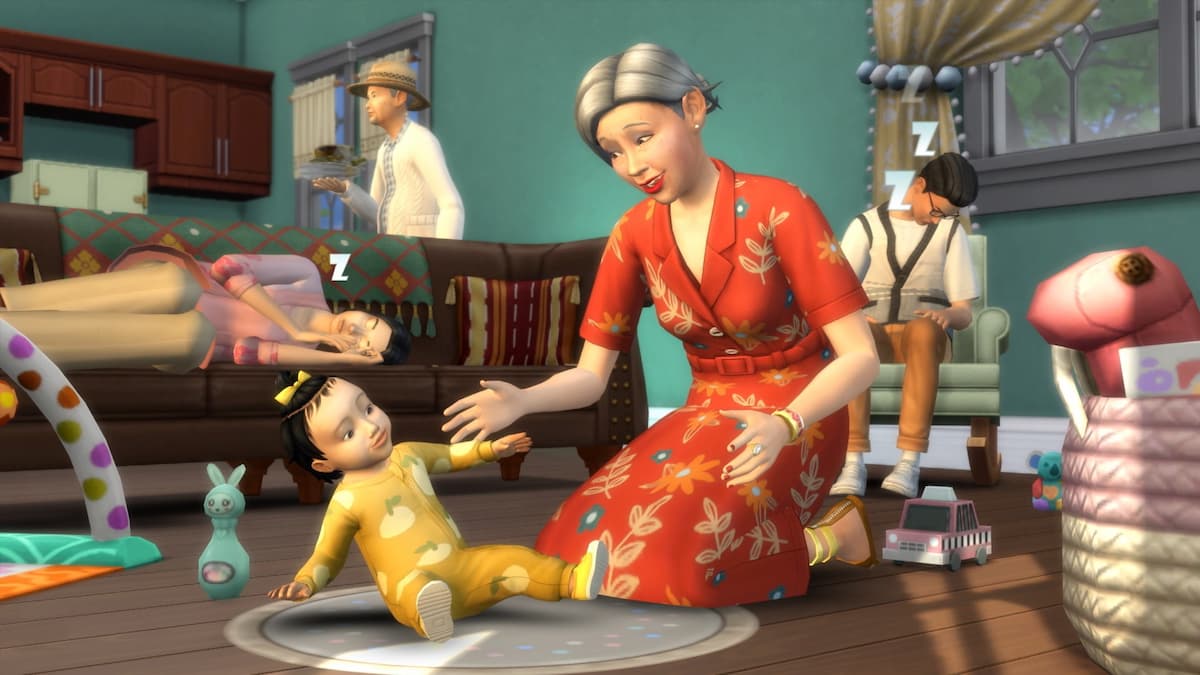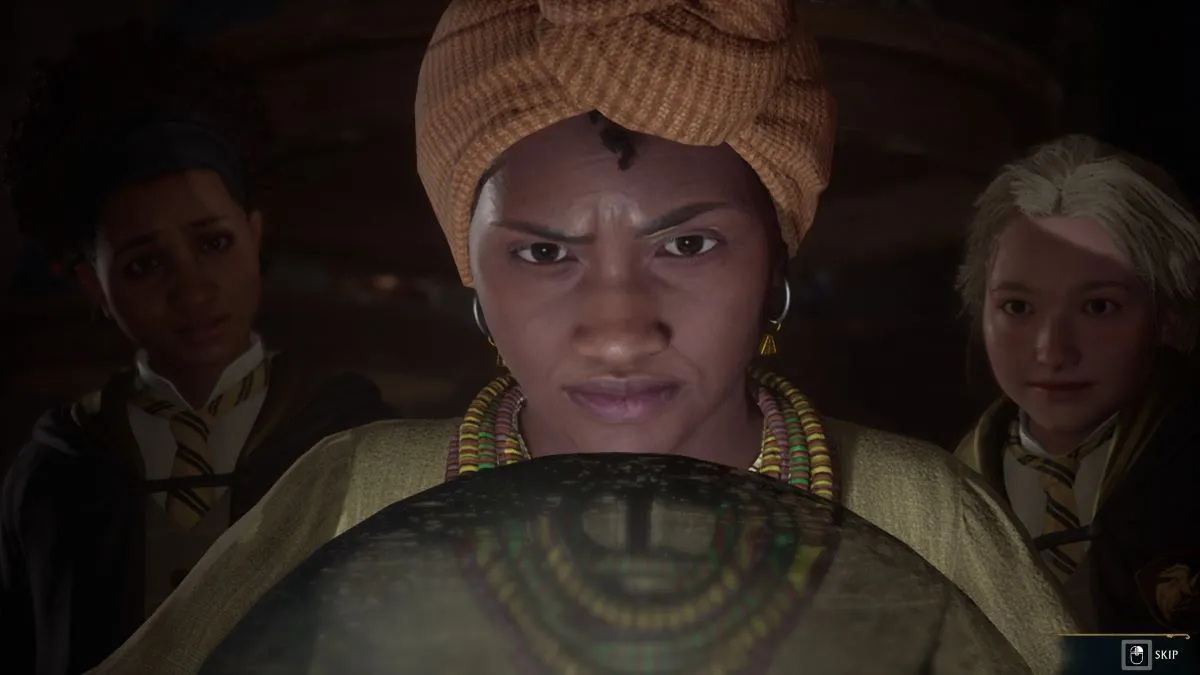According to research firm Juniper Research’s predictions, there will be 3 million headsets sold in 2016 and 30 million headsets shipped globally by 2020. They say that 2016 serves as “a watershed year” for the technology with games and videos driving the initial push.
In layman’s terms, this means that there won’t be an immediate demand for a technology that just started existing, but it will still be popular and set course for a flood of new buyers. In addition, Juniper expects the price of these headsets to drop “dramatically” by 2020. The United States’ gaming industry is bigger than Hollywood and only growing, but does that mean VR can succeed here?
While I don’t know how Juniper came up with these numbers, let’s put this and general gaming in perspective.
U.S. gaming by the numbers shows media consumption is as diverse as its ever been
For 2015, according to the ESA:
- Almost half of the U.S. population plays video games
- 42% of gamers play at least 3 hours a week
- 51% of U.S. households own a dedicated gaming console.
- 59% of players play video games with their children
- 56% of the most frequent gamers play with others
- 37 is the average age of the most frequent game purchaser
- The average number of years gamers have been playing is 13
All this to say that gaming is social and isn’t going away. It’s become a mainstream family activity for those who game at all. It’s becoming increasingly more difficult to pin down the “average” face of the gamer as the U.S. becomes more ethnically and socially diverse and those raised during the Information Age become older, starting their own gaming families.
Specifically, in 2014 Millennials shared 27% of the adult population, just shy of The Baby Boom Generation who shared 32%.
The VR sale predictions have huge numbers, but in comparison to other media actually isn’t as “groundbreaking” as you think
In 2014, the total money spent in the U.S. on the games industry came out to $22.41 billion. Of that, hardware came out to $5.08 billion. Juniper estimates that by 2020 the hardware sales of VR headsets will have accumulated to $9 billion.
Those who game spend an alarming less amount of time on other popular media outlets like television and movies. For a new hardware over the course of 5 years, the number “$9 billion” doesn’t seem too shabby.
However, this is still fairly low considering that the U.S. is only one market, and there are countries like South Korea where half of the population games at a much higher rate and gaming is essentially a national pastime. The 2020 prediction means that VR will be the shiniest new toy that only a handful will have because they really want it. That means it will not “completely take over” console and PC gaming, but be something people enjoy on occasion if a friend has it or it’s on display. The reality is that the Juniper prediction paints VR as a novelty, one that hopefully doesn’t become the next 3D television.
To use a VR headset, gamers will need access to a dedicated gaming console or a high-end computer for the most advanced VR games. That is, if gamers want to buy VR games at all since the hardware and software itself may initially cost more than for the average games. However, the evolving dedication to the games industry, keeping in mind the average 13 years of gaming, suggests that gamers might pay for the hardware regardless since it is their main source of entertainment.
In the ESA report, 47% of frequent gamers felt that computer and video games provided more value for their money. Of factors that influenced game purchase decisions, 15% was due to price—the second highest factor behind interesting story or premise.
The PlayStation VR headset (previously Sony Project Morpheus) has no estimated price yet, but the Samsung Gear VR could cost $199 and the Oculus Rift anywhere from $200 to $400. Does PlayStation VR look like something the average gamer would want?
My guess? Yes. The gaming experience presented in the Tokyo Game Show trailer is nothing new: Shooter games, platformers, and a…girlfriend simulator? While admittedly cheesy, it does give show something new while at the same time not straying far from the formulas we’re all used to. Of course, that can be seen as a negative.
Still, VR has a long way to go and 2016 only marks the beginning of what could be something great or gimmicky
A new technology means there needs to be new ideas, lest you fall into the trap that some games even now fall into—trying to mimic what came before. It’s old news and game design 101 that games aren’t movies; some customers absolutely hate lengthy and unnecessary cutscenes, while others appreciate the well-made. So, in that vein, are virtual reality headsets an enhancement to gaming? Or are they a completely new genre, since virtual reality can be used for so much more than just games?
Overall, I am optimistic about VR and its existence, which can be attributed to the increased popularity in gaming in general. The concept of VR isn’t new and has definitely been romanticized in games all over the world. Games themselves have provided an escape for years, and now it looks like gamers may be able to experience what previously was exclusive to fictional protagonists.
Virtual reality isn’t all immersive guns and violence as shown in the diverse trailer. VR has potential to be a casual, family-oriented experience and other, smaller games have already been in the works for multiplayer.
Half of gamers are extremely social, meaning the virtual reality software needs to reflect that. It is likely that a lot of the software will continue to be an optional enhancement for gamers so that VR customers are not cut off from the rest of the gaming community. But, the upcoming software can’t just be a glorified shooter, or platformer, or girlfriend simulator. If VR wants to reach $9 billion in sales by 2020, it’s going to have to earn it the same way consoles have by establishing itself as a high-quality and unique experience.












Published: Sep 16, 2015 09:29 am